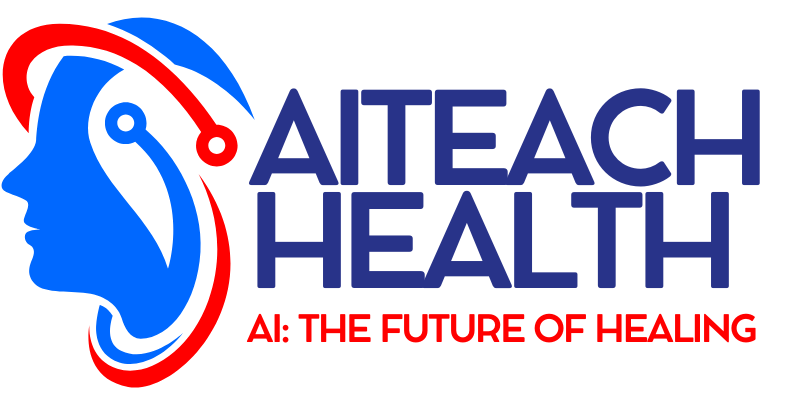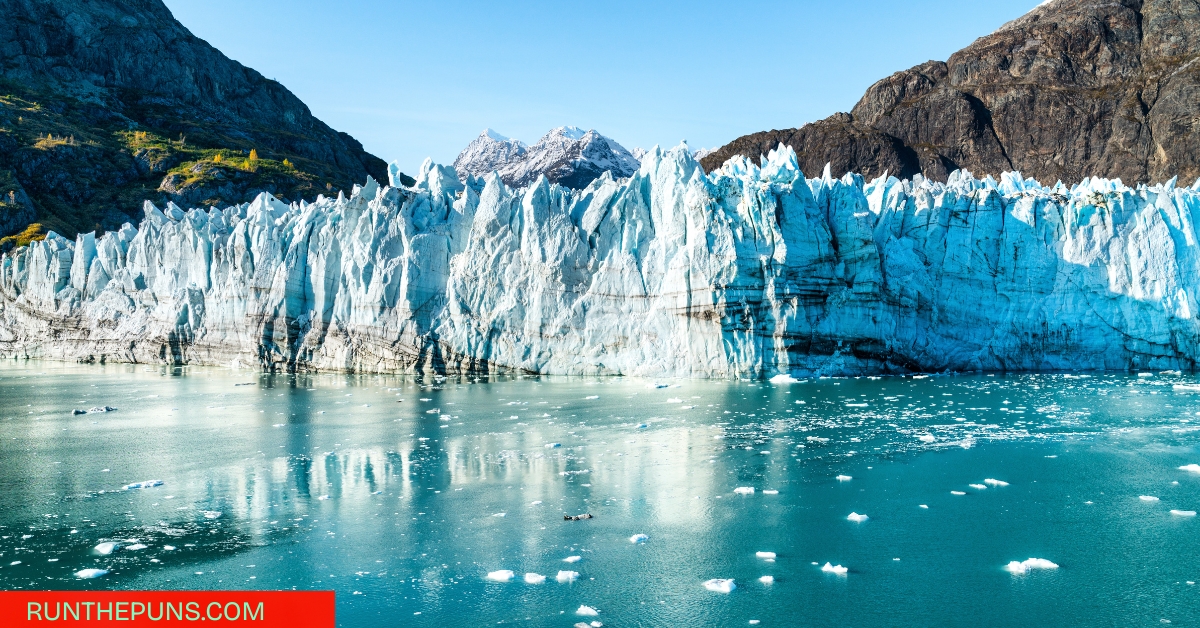Glaciers are so-called “water towers” of the world, holding some 69% of our planet’s freshwater. But the phenomenon has been overshadowed by one of the most worrying environmental trends of the 21st century — rapidly melting glaciers caused by climate change. This is changing terrain, imperiling habitats, and risking millions of lives around the world.
This piece tries to elucidate why glaciers melt, what it means and the way out, with a special emphasis on the Himalayas, Greenland, Antarctica and Karakoram ranges.
1. Introduction
1) What is a glacier? They are crucial for the global climate balance, sea level regulation and fresh water supply to millions of people. But higher temperatures worldwide have been melting them faster than they can recover, with heavy environmental and socio-economic impacts.
2. Understanding Glacier Melting
2.1 What is Glacier Melting?
AGlacier melting describes increased ice loss of glaciers in response to warmer temperatures. A certain amount of melt is normal during seasonal cycles, but this year’s is exceptional and directly related to human-caused global warming.
2.2 Key Facts
- Glaciers worldwide are losing 267 gigatons of ice a year.
- The Arctic is warming twice as fast as the global average.
- If trends continue, many smaller glaciers will largely have vanished by 2100.
3. Causes of Glacier Melting
The melting of glacier is a result of natural as well as human factors, with the corresponding contributions, are dominated by one, which is human activities in the last few decades.
3.1 Human-Induced Causes
Global Warming
Fossil fuels combustion results in mass release of greenhouse gases (GHG such as CO₂, CH₄, N₂O) which impound heat and increase the global temperature.
Deforestation
Diminishes the Earth’s capacity to sequester C0₂, intensifying climate change.
Industrialization and Urbanization
Rising use of energy and pollution of environment lead to warming of atmosphere.
Air Pollution
Dust and black carbon (soot) settle on ice, darkening its color and melting it more quickly by absorbing heat.
3.2 Natural Factors
- Temporal variations in atmospheric chemistry during volcanic eruptions.
- Natural climate variations, such as El Niño.
- The seasons and changes in ocean circulation.
4. Global Hotspots of Glacier Melting
4.1 Himalayas and Karakoram (Third Pole)
Millions rely on these glaciers in South Asia for agriculture and drinking water.
4.2 Greenland Ice Sheet
Quickly losing ice, adding hugely to sea-level rise.
If all melted, would raise global sea levels 7+ meters.
4.3 Antarctica
Ice sheet of West Antarctica is disappearing quickly.
Melting fuels ocean warming and planetwide sea-level rise.
4.4 Alps and Andes
Mountain glaciers are disappearing, endangering local communities and tourism.
5. Impacts of Glacier Melting
Glacier melt influences the environment, economy and human society in various forms.
5.1 Environmental Impacts
Sea Level Rise
This additional melting causes global sea levels to rise, drowning pack down sea levels globally, inundating low-lying areas and islands.
Disturbed Ecosystems
The thawing strains habitats for polar bears, penguins and other wildlife.
Ocean Circulation Changes
Freshwater entering the oceans disrupts currents that may affect weather patterns.
5.2 Impact on Human Communities
Water Scarcity
Drinking water and irrigation for millions of people in Asia, Africa and South America come from water that flows from glaciers.Flood Disasters and Glacial Lake Outburst Floods (GLOFs)
Flood Disasters and Glacial Lake Outburst Floods (GLOFs)
Melting glaciers create unstable lakes that can burst, resulting in deadly flooding.
Loss of Livelihoods
[Agriculture, hydropower and tourism are threatenecd by power project.] Profiles of Nine At-Risk Communities These are but a few of the many rivers and communities threatened by power projects.
5.3 Economic Impacts
- Damages infrastructure in flood-prone regions.
- Higher spending on disaster response and climate adaptation.
- The Alps and Himalayas suffer a loss of tourism as glaciers disappear.
5.4 Health Impacts
- Dirty water sources lead to increased disease.
- Food insecurity and displacement result in malnutrition and ill health.
6. Evidence of Accelerated Melting
Satellite imagery and studies of the scientific evidence paint a clear picture:
- According to NASA, Greenland alone sheds 280 gigatons of ice per year.
- 20 years ago scientists measured the melting of Himalayan glaciers at twice the current rate.
- More than 80 percent of the glaciers in the Alps could melt by the end of the century.
7. Solutions to Glacier Melting
7.1 Global and Policy-Level Solutions
Reducing Greenhouse Gas Emissions
Shift to renewable sources of energy such as solar, wind, and hydropower.
International Agreements
Enact climate agreements (e.g., the Paris Agreement) to reduce global warming to 1.5°C.
Carbon Pricing and Green Policies
Institute carbon taxes and environmentally-friendly incentive programs.
7.2 Technological Solutions
Carbon Capture Technologies
Capture and sequester CO₂ from industrial sources.
Climate-Resilient Infrastructure
Design for flood-resistant dams, levees and drainage systems.
Advanced Monitoring Systems
Track the health of glaciers and forecast hazards with satellites and sensors.
7.3 Community and Local Solutions
Reforestation and Afforestation
Seeding forests to soak up CO₂ and stabilize soil.
Sustainable Farming
Limit the overuse of water and chemical fertilizers that exacerbate climate change.
Disaster Preparedness Training
Train communities in glacier areas in early warning and evacuation.
7.4 Individual Actions
One way you can avoid this by getting energy compliant appliances.
Cut down on waste and use more environmentally friendly types of transport.
Get behind groups and policies that facilitate climate action.
8. Role of Education and Awareness
Dated: Education is a big factor in curbing melting of glaciers:
- Schools can incorporate education around climate in the curriculum.
- Media campaigns can disseminate the information on sustainable living.
- NGOs can help local communities learn how to cope with water scarcity and flood risks.
9. Case Study: The Glaciers of Pakistan Are Melting.gements.
Pakistan is home to more than 7,000 glaciers, more than anywhere else outside of the polar regions.
GLOF events in areas of Gilgit-Baltistan and Chitral, for example, have caused widespread damage to homes, bridges, and fields.
10. Challenges in Addressing Glacier Melting
- Absence of political will – Short-term economic benefits frequently trump environmental protection where governments are concerned.
- Shortfall in Finance – Developing nations do not have money for massive adaptation projects.
- Global Inequality – It is the countries that contribute the smallest percentage towards emissions, such as Nepal or Pakistan, that receive the most harm.
- Low Tech Up-take – Lack of availability of advanced tools for monitoring and predicting glacier health.
11. Future Outlook
If global warming proceeds on pace:
- By 2100, sea levels could rise as much as three feet, displacing millions.
- Glacial areas in the Himalayas and the Andes may lose more than 80 percent of their ice.
- Water crises have the potential to spark regional conflicts over resources.
On the other hand, if drastic measures are put into place, the melting can slow down -and one of the most important sources of water can be kept around for future generations.
12. Conclusion
The melting of glaciers is one of the most unmistakable and undeniable signs of the climate crisis. It jeopardizes more than the environment — it threatens the very survivability of the human race, as well as economic stability and global security. This issue demands for an immediate common response:
- Governments need to adhere to tough environmental regulations.
- Communities must adopt sustainable practices.
- It is up to you to lower your carbon footprint.
The value of such glaciers goes beyond possession, it’s about preserving life and resources for the future.
Key Takeaways
- Human-caused global warming is the main driver of glacier melt.
- It contributes to rising sea levels, flooding, water shortages and habitat destruction.
- Urgent and integrated global action is required to avert this trend.
- Education, innovation and sound policies are key to long-term solutions.

